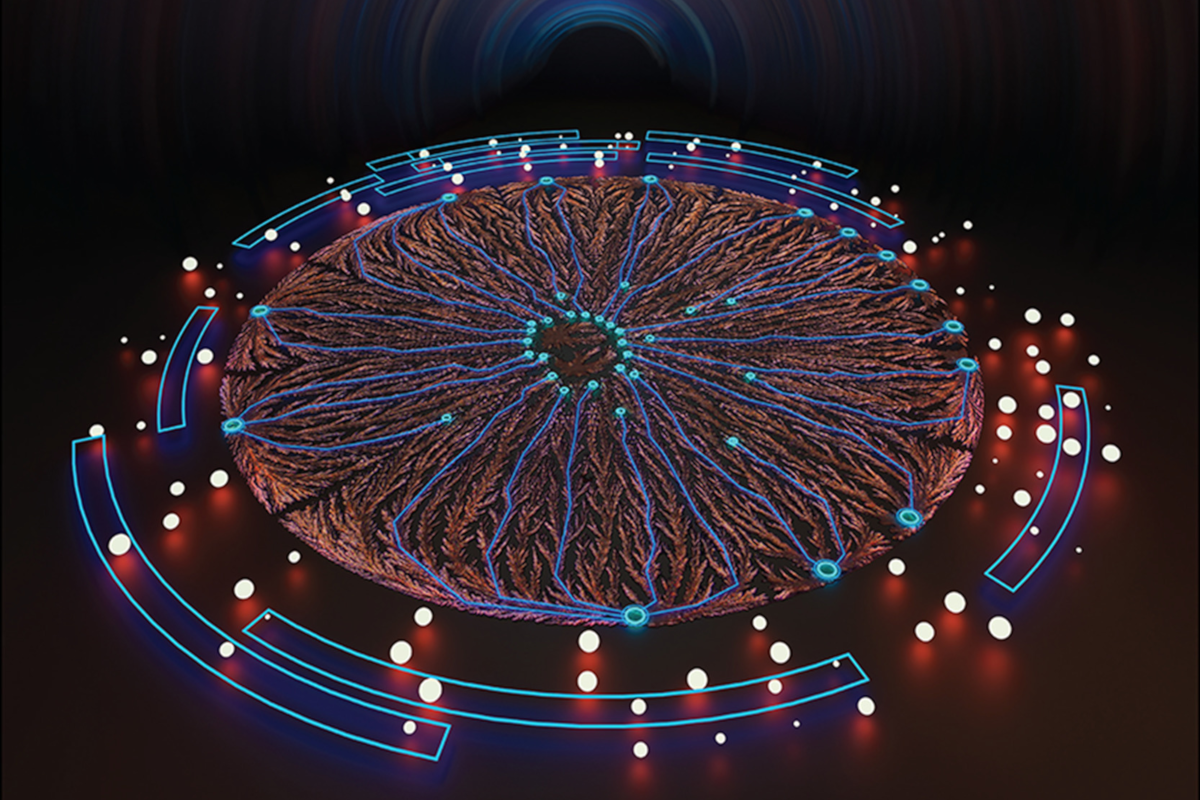Department of Advanced Polymers and Biomaterials

Biological systems are sensitive to surface properties such as chemical, geometry and topological properties. To achieve control over interactions at the interface of biological systems and their environment, the development of materials in which individual properties can be manipulated at the micro-and nanometer scale is of great importance. The department of Advanced Polymers and Biomaterials focuses on the targeted synthesis of such materials through manipulation of chemical and physical properties and the study of these materials in biological systems. To this end, we apply advanced synthesis methods, such as Chemical Vapor Deposition, Electrohydrodynamic-co-Jet Writing and controlled polymerization techniques. The optimization of the structure-property-relationship of these systems is enabled by multi-modal materials characterization. Besides widely-applied surface analysis techniques (Optical microscopy, IR-techniques, AFM, SEM,…) we focus on Spectroscopic Imaging Ellipsometry and TOF-SIMS to reveal the topological and chemical properties of the materials.
We closely cooperate with our US-sister group, the Lahann Lab at the University of Michigan (UM). Learn more at the Advanced Polymers and and Biomaterials website.
Scientific Leadership
Prof. Dr. Joerg Lahann
Head of Department
Dr. Meike König
Head of Precision Synthesis of Biomaterials and Biointerfaces Group
Working Groups
Precision Synthesis of Biomaterials and Biointerfaces
Synthesis of organic substances (such as functionalized [2.2]Paracyclophanes and pyridinophanes, organic linkers and keteneacetale) and functionalized monomers (e.g. zwitterionic monomers and lactones), Synthesis of polymers (i.e. Controlled radical polymerization). Chemical Vapor Deposition (CVD) Polymerization, Surface modification by means of controlled polymerization and click chemistry, Generation of micro- and nanostructured substrates, Electrohydrodynamic co-jetting of particles and fibers.
